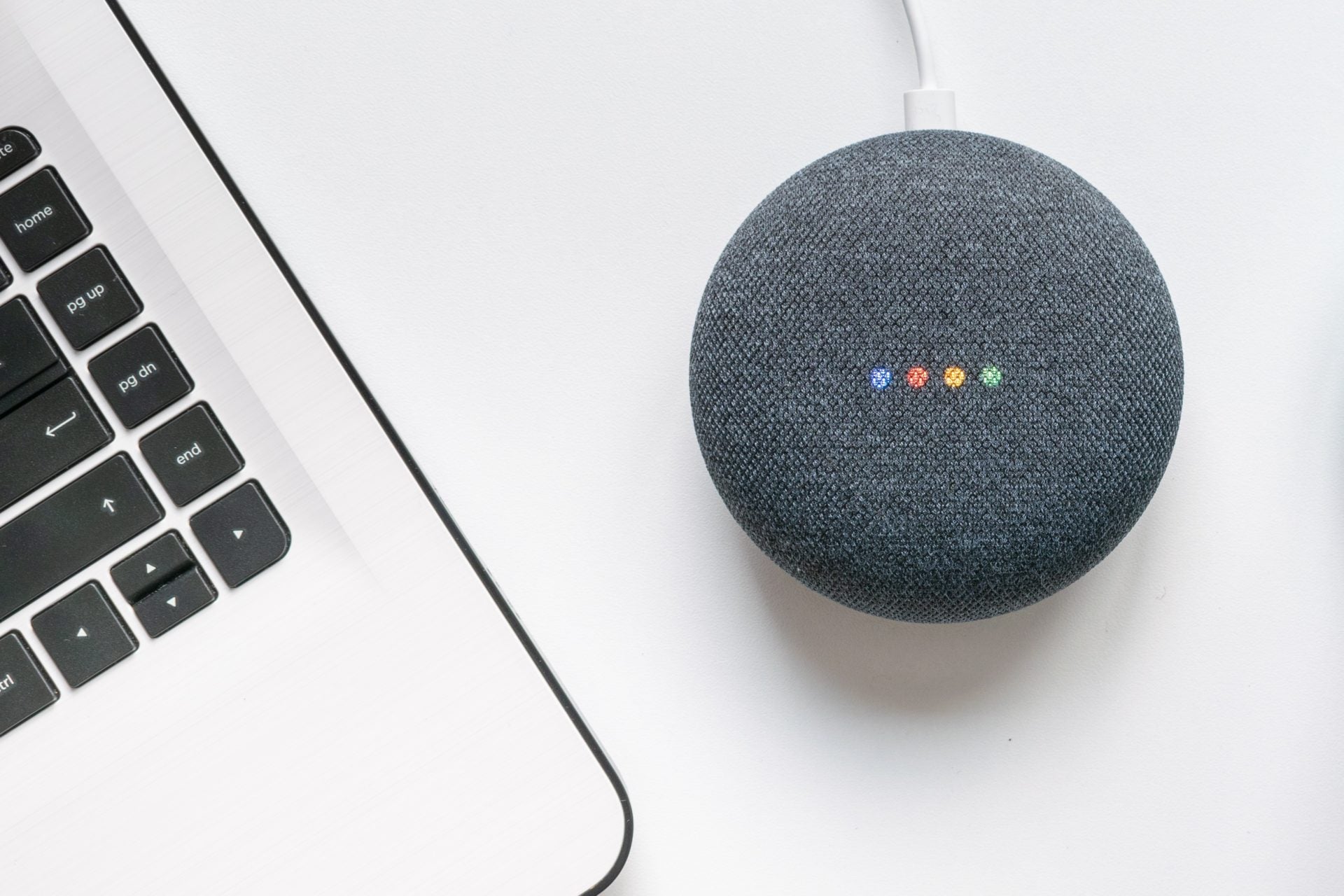
Researchers have developed an app for the Google Home smart speaker that allows physicians to ask for and receive recommendations about medical device sizes during surgery.
It means that physicians can access information relevant to the procedure without accessing a traditional computer, which would involve removing sterile scrubs.

Access deeper industry intelligence
Experience unmatched clarity with a single platform that combines unique data, AI, and human expertise.
The medical app has been designed specifically for interventional radiology, a minimally invasive procedure that involves the use of many types of medical tools. The voice-activated app means, for example, physicians can ask Google Home for the size of a sheath needed to implant a stent in a blood vessel.
“During treatment, interventional radiologists rely on nuanced medical information delivered in a timely manner,” said Kevin Seals, MD, a fellow in interventional radiology at the University of California, San Francisco (UCSF) and lead author of the study.
“When you’re in the middle of a procedure, you need to remain sterile, so you lose the ability to use a computer.
“This smart speaker technology helps us to quickly and intelligently make decisions relevant to a patient’s specific needs.”

US Tariffs are shifting - will you react or anticipate?
Don’t let policy changes catch you off guard. Stay proactive with real-time data and expert analysis.
By GlobalDataMake Google do it
To create the Google Home medical app, the UCSF team took size specifications from literature reviews for 475 devices used during interventional radiology surgery, and added them to the app’s database.
That included devices such as catheters, stents, sheaths and vascular plugs.
The team used Google-owned software Dialogflow to create the natural language processing framework to access the device specifications database. They used coding language Python to create the script for performing logic operations and data processing. These operations took place in the cloud.
“There are hundreds of devices, with more being introduced every day, making it difficult to determine the correct sizing or materials needed in every circumstance. This technology allows physicians to concentrate more closely on the care of their patients, devoting less time and mental energy to device technicalities,” added Seals.
The UCSF research was presented yesterday at Society of Interventional Radiology’s 2019 Annual Scientific Meeting. The team say they plan to develop smart speaker technology that can provide information about other treatments, as well as incorporating information such as health records into the voice assistant.
Alexa, pass me the scalpel
The Google Home medical app is the latest example of consumer voice technology being used to assist humans in healthcare.
For the last few years, developers at hospitals have been modifying Google and Amazon devices to deliver safety checklists, transcribe medical notes.
However, neither the Amazon Echo nor Google Home are HIPAA compliant, a regulation that protects personal health data. This limits the ways in which the voice tech can be used in hospitals and would prevent the UCSF researchers from incorporating health records into future voice activated aids.
But that hasn’t prevented consumer voice tech being implemented in other ways. Last month Cedars-Sinai launched a test programme where patients were given Amazon Echos to control things like their television on their room and call for nurse assistance.
Read more: Smart speaker solution to patient care debuted at CES 2019







